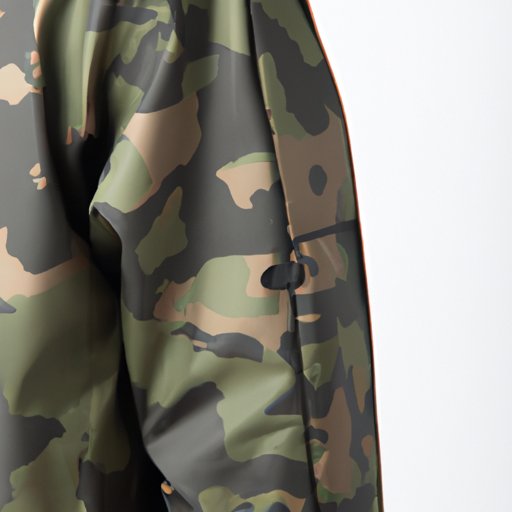Introduction
Khaki is a color that most of us are familiar with. It’s a color that is versatile and represents different things in different contexts. But despite its wide use, the color itself is hardly given much thought. Most people tend to assume that khaki is just one shade. However, it is important to understand that khaki is a dynamic color that encompasses a myriad of tones and nuances.
From Military Uniforms to Fashion Staples
The military is the birthplace of khaki, a color that replaced the traditional red and white uniforms. The color was adapted by the British military after their stint in India where they realized the need for uniforms that blended in with the desert terrain. Khaki, a color derived from Hindi-Urdu, was the perfect blend of functionality and appearance. The color was then adopted by numerous military organizations worldwide.
Today, khaki has become a fashion staple, and designers have been using the color in various outfits. From streetwear to office clothing, khaki is a color that has found its place in the fashion industry. The color has the perfect balance of being formal yet casual, allowing it to be paired with a range of accessories.
Breaking down the Khaki Color Palette
Khaki is not just one shade of brown. It has a range of tones and nuances that define the color. Differentiating between shades of khaki can seem like a daunting task, but to make it easy, there are three main categories of khaki, namely light khaki, dark khaki, and olive khaki.
Light khaki has a warm, beige-like tone and is the perfect alternative to white or cream colors. Dark khaki, on the other hand, has a deeper, richer shade, making it an ideal pair with earth tones such as deep greens, blues, and tans. Finally, olive khaki has a slightly greenish undertone, which is why designers often pair it with muted shades of red and yellow.,
Pairing khaki with other colors can be daunting, but it’s crucial to understand the match of colors. The colour’s neutral nature makes it perfect for pairing with a range of colors. However, some of the complementary colors that work particularly well with khaki include oranges, blues, and greens.
The Psychology of Khaki
The color khaki is considered a neutral color, mainly due to its association with military uniforms in history. Khaki is a color that is often viewed as classic and timeless, making it an ideal color for rocking simplistic looks. Studies have shown that the color khaki can affect people’s emotions and behavior. Khaki has been associated with feelings of calmness and serenity. The color’s calming properties can be attributed to its earthy, grounded nature. This can be seen in its use in spas and wellness centers.
The Versatility of Khaki
Khaki is an incredibly versatile color, making it ideal for a variety of occasions. The color has become a staple in casual wear, and the laid-back nature makes it an excellent inclusion in any casual outfit. The color also works well in more formal settings. It complements formal wear and can be used to tone down bright colors.
Khaki is not limited to clothing alone but can also be used as an accessory. Khaki-colored hats, scarves, and bags have become quite popular with various designers creating their unique khaki products.
Conclusion
In conclusion, khaki is a subtle yet dynamic color with a rich history. It is an understated color that can be used to complement almost any outfit or setting. By understanding the different tones of khaki, how they work with other colors and the psychology behind them, individuals can make more informed choices about how they use khaki in their lifestyles.
Understanding khaki as a color will provide more insight and help individuals appreciate the diversity of the color better. The color is a fashion staple that shouldn’t be overlooked. Khaki doesn’t have to be dull or boring when it comes to styling, and it can become a go-to choice for anyone.
